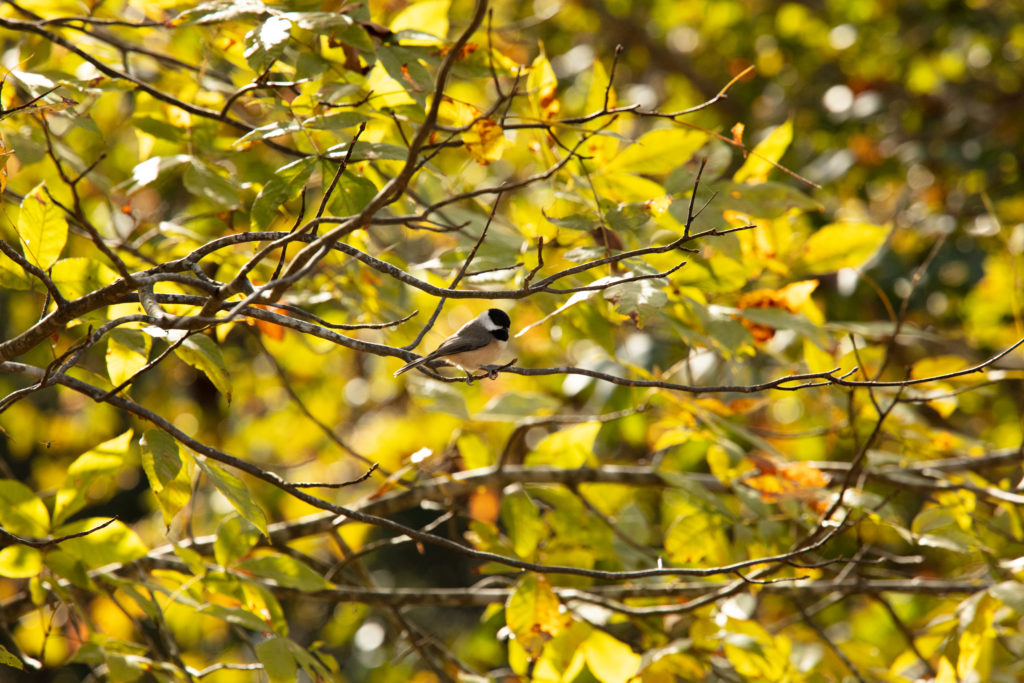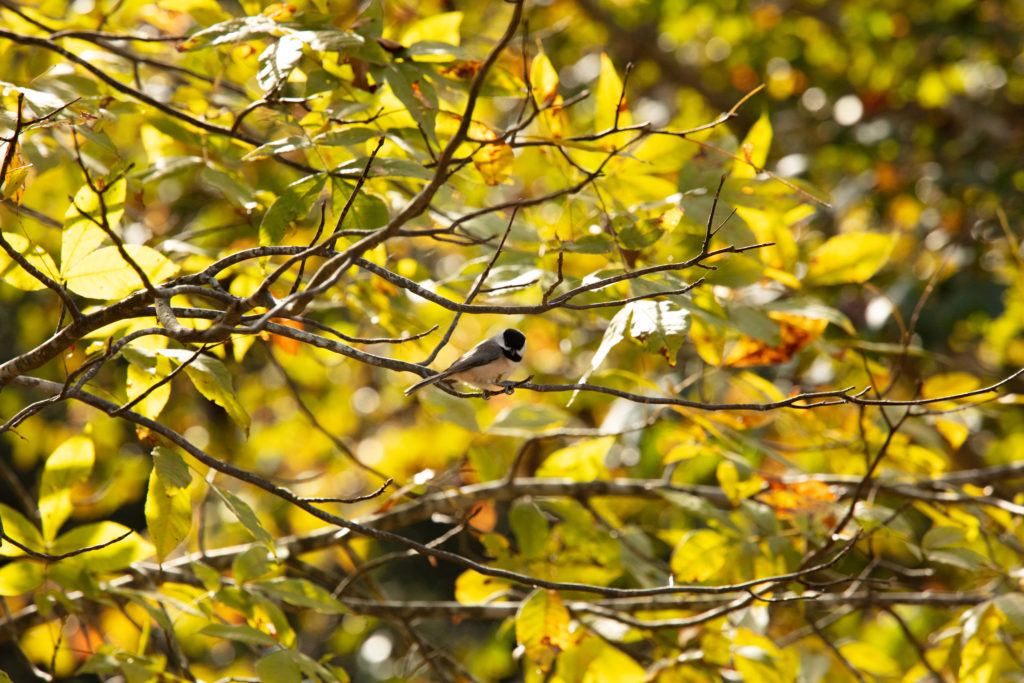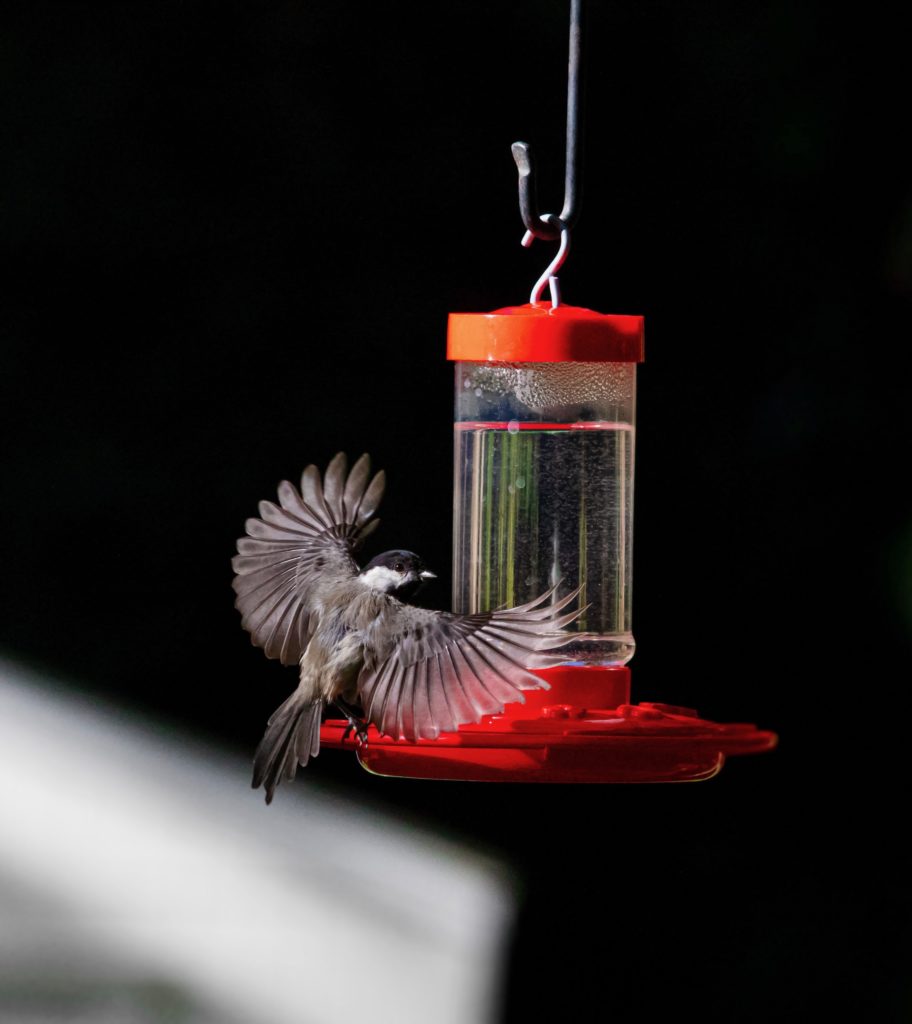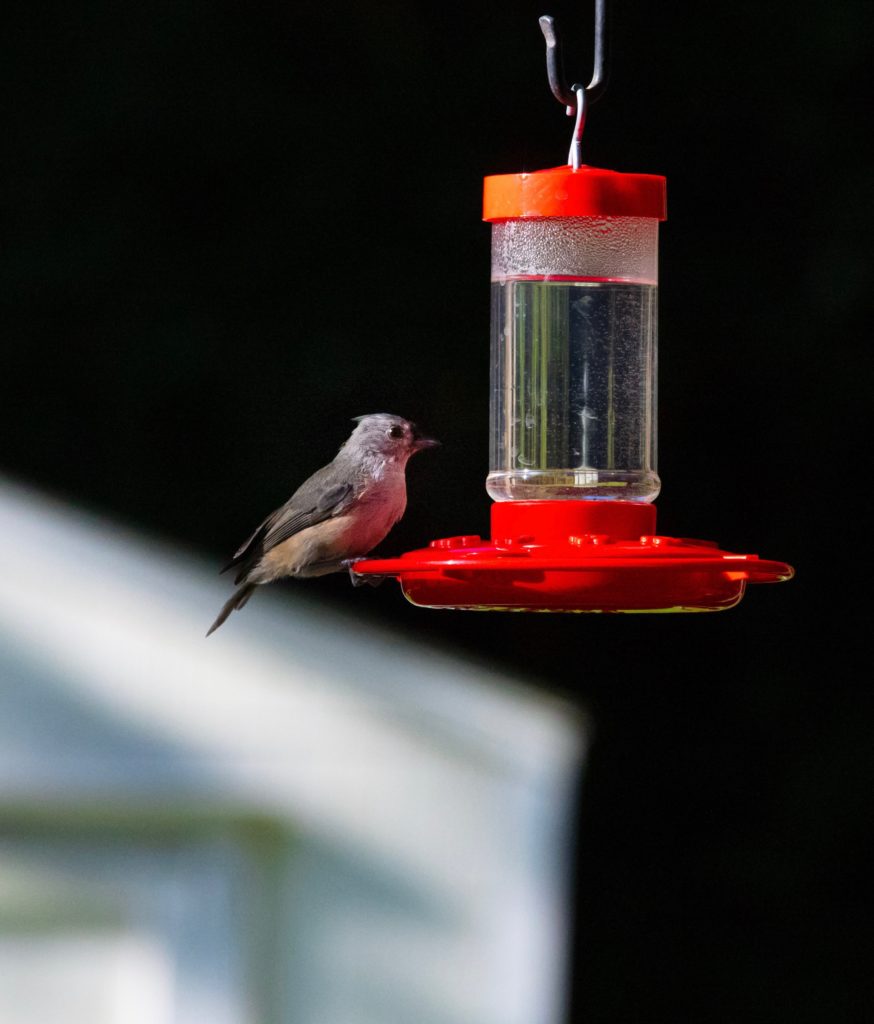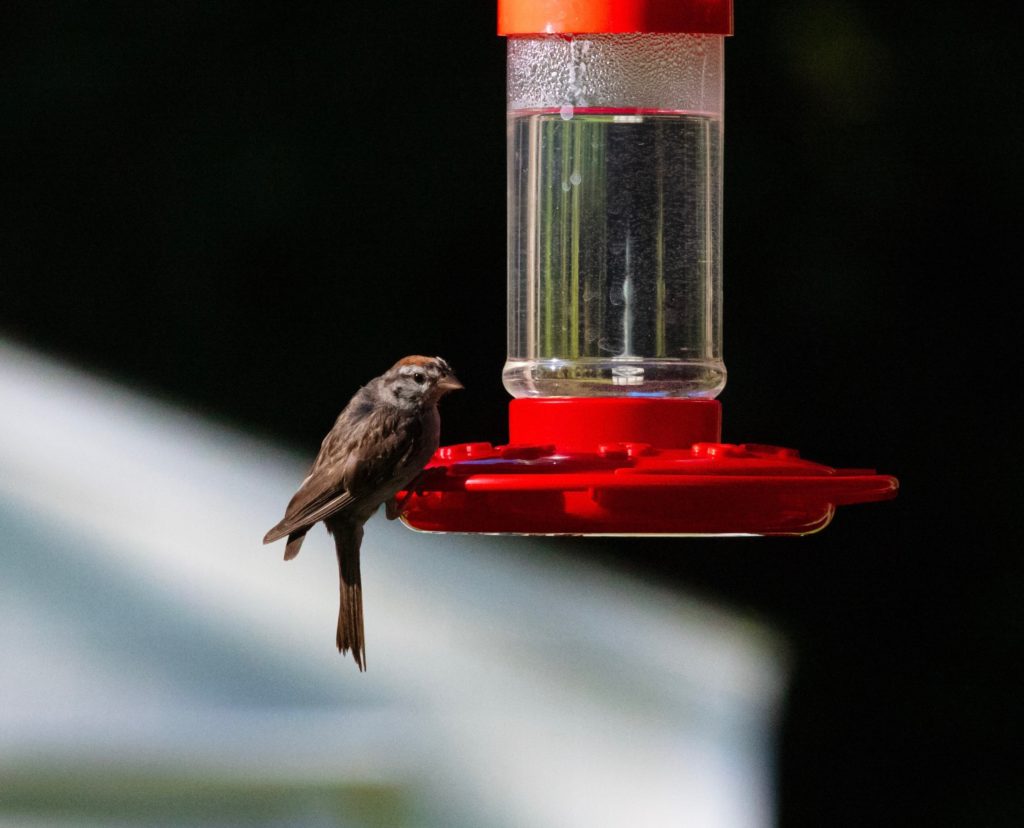
Made another trip out to Bass Lake Park this morning and was delighted to find a family of Chickadees playing in the leaves above my head.
This is one of the youngsters who was almost completely tame. He flew right up close to me and didn’t mind one bit having his photo taken 🙂
The Chickadee is a year round resident of North Carolina. They are found throughout the state from the mountains to the coast foraging for meals in the woods and in our own backyards.
These energetic little dynamos are fond of seeds and insects alike, and will happy dine on whatever they can find in our feeders.
They’ll often travel in mixed flocks of Titmice, Nuthatches and Downy Woodpeckers and will act like scouts to check out a new feeding area ahead of the rest of the birds.
Once they’ve made the decision that the area is clear from predators they’ll call out to the rest of the flock to move in.
Tiny but brave!
Photo by @sally_siko of @birdwatching_nc
Canon 5Ds

